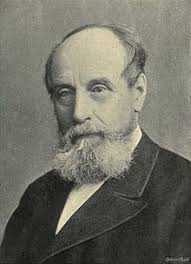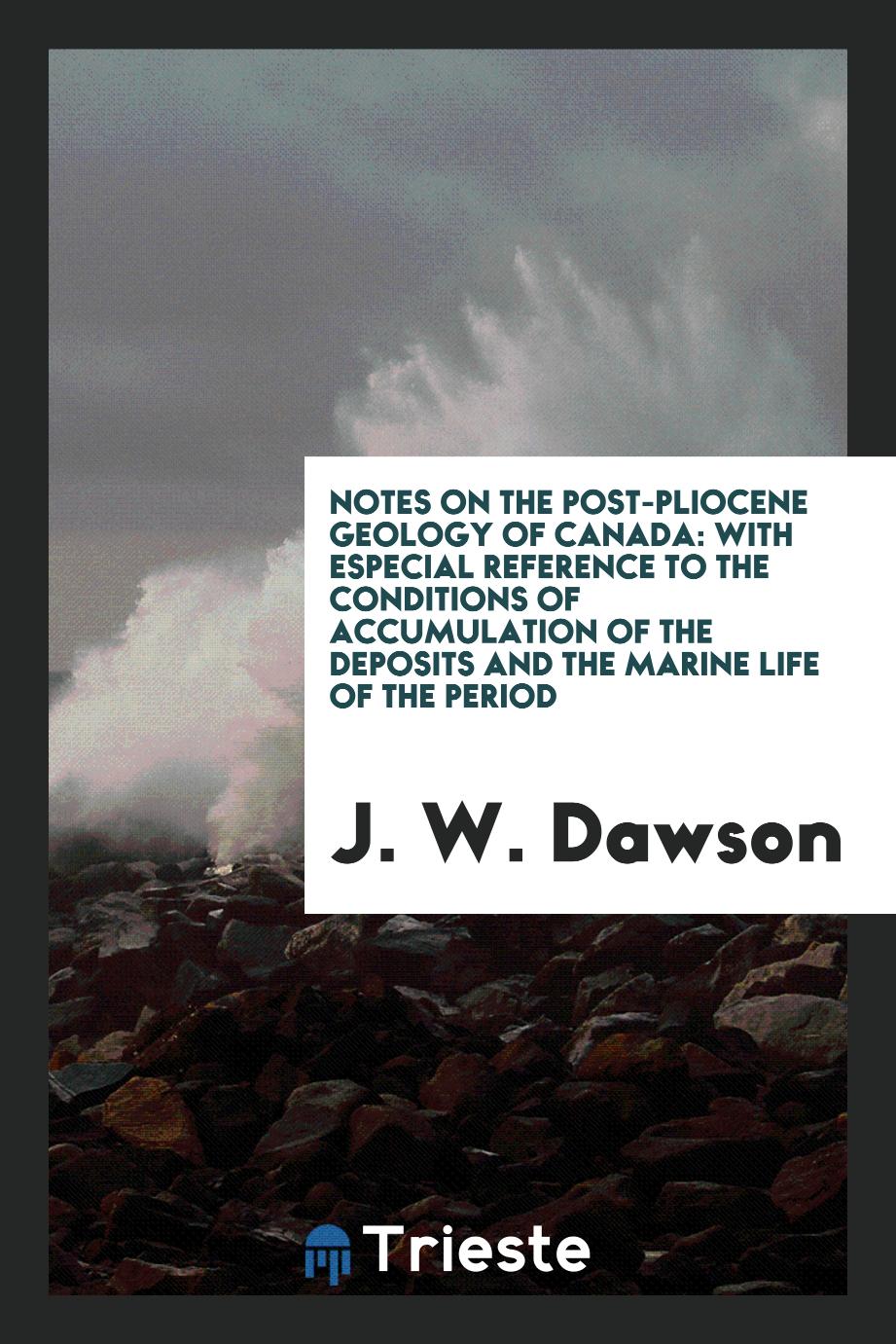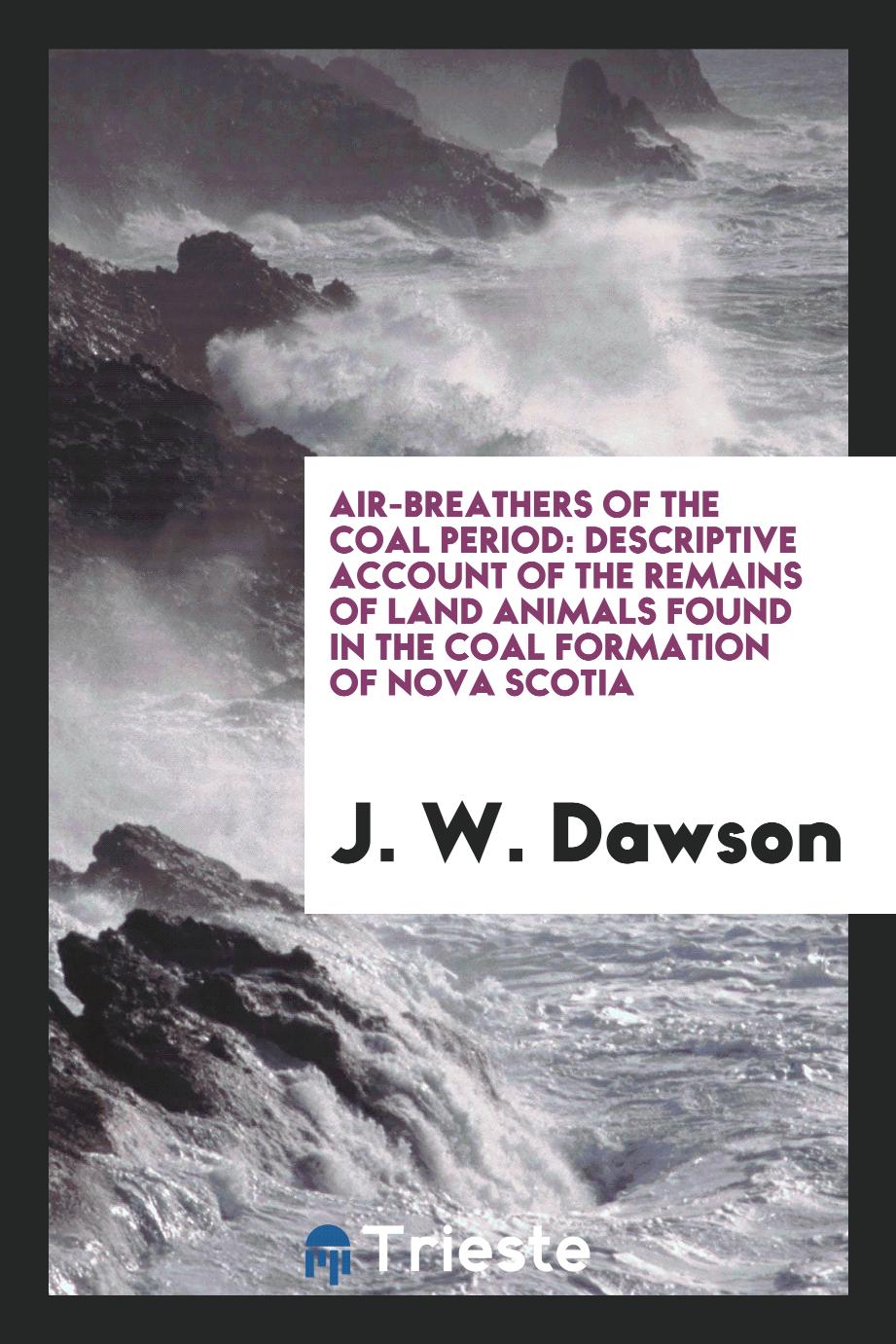
J. W. Dawson
Sir John William Dawson (1820-1899) was a Canadian geologist and university administrator. John William Dawson was born on October 13, 1820 in Picto, Nova Scotia, where he studied and graduated from Picto Academy. Scottish-born, Dawson studied at the University of Edinburgh to complete his education, and graduated in 1842, gaining knowledge in the field of geology and natural sciences from Robert Jameson. Dawson returned to New Scotia in 1842, accompanying Sir Charles Lyell on his first visit to the area. Subsequently, Dawson was appointed the first head of education in Nova Scotia. In this position from 1850 to 1853, he was an energetic reformer of school design, teacher education, and curricula. Influenced by an American educator, Henry Barnard, Dawson published a pamphlet entitled School Architecture; abbreviated from Barnard’s school architecture in 1850. One of the many schools built by his design, Mount Hanley School has survived to this day, including the Dawson Tables. "named after him. Dawson's travels as a school superintendent allowed him to deepen his geological exploration as he visited and studied geological objects throughout the region, leading to the publication of his classic" Academic Geology "(1855 and subsequent editions). He zealously entered to Canada’s geology by doing a special study of the petrified forests of the Joggins coal masses, Nova Scotia, now a UNESCO World Heritage Site. During its second exploration of the cliffs with Charles Lyell In 1852, he discovered the remains of tetrapods named Dendreperpet buried in a fossil tree, and for many years he continued to explore fossil trees, eventually digging out the oldest known reptile in the history of life, which he named Hylonomus lyelli in honor of his mentor.

